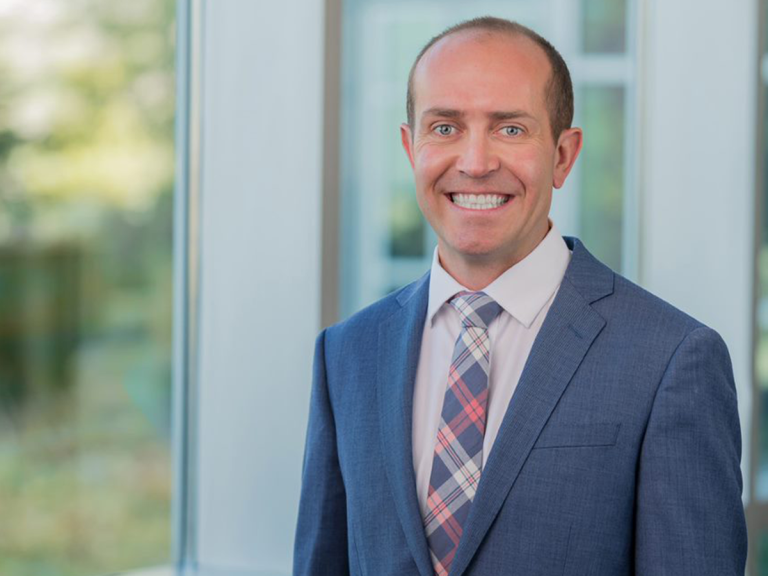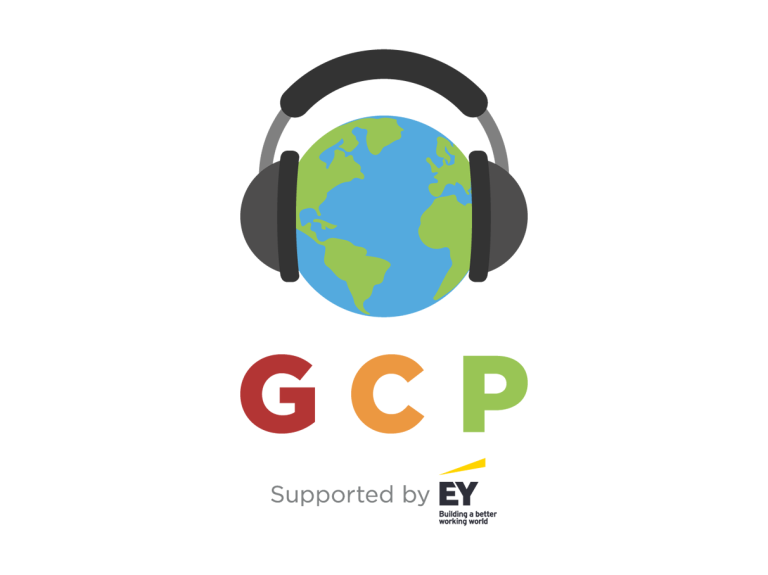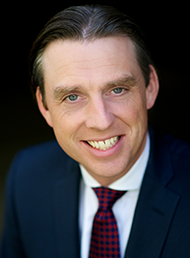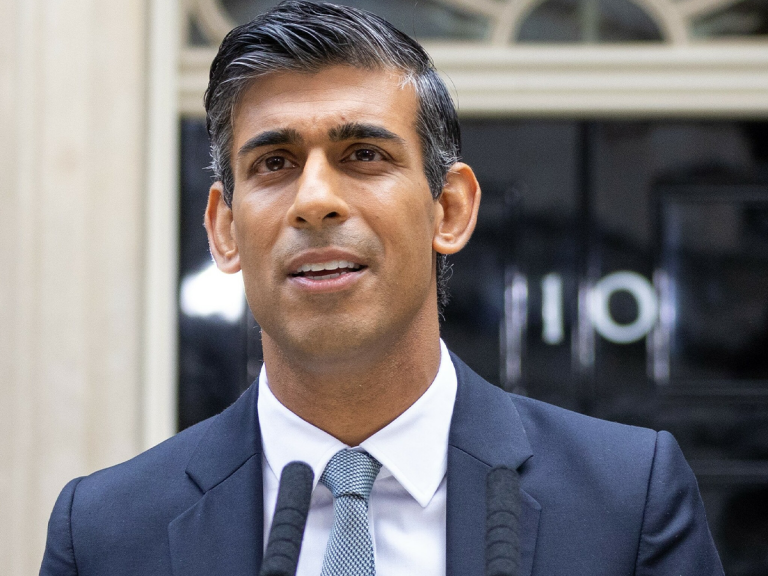Implementing a tenant programme that is run by the group’s captive, rather than provided by the commercial market, has been key in providing Extra Space more control over their own product and serve customers better.
Extra Space Storage is a publicly listed real estate investment trust that has 3,700 storage properties across 42 states. This amounts to 2.5 million storage units and 283 million rentable square feet.
Speaking on the Global Captive Podcast Kacey Kalian, VP of risk management at Extra Space, said the company previously used a third party product to provide tenant insurance to its customers with Extra Space taking a “small cut” of the premium.
In the mid-2000s the company was growing quickly and wanted to take more control over the insurance it offered to its customers.
“We wanted to control the process and make sure we were creating something that was really unique and beneficial for our tenants,” Kalian said.
Jason Flaxbeard, executive managing director for alternative risk at Brown & Brown, has been a long-time consultant to Extra Space on its captive and said while control is the ultimate objective, ensuring your compliant in offering a customer product is key.
“You’re selling a product to an individual member of the public, so we have to be compliant from a licensing perspective,” Flaxbeard said on the podcast.
“We have to offer an A-rated product and we have to ensure that Extra Space’s interests are aligned with the customer’s interest on the backend. The captive allows us to do that because we are the ultimate risk taker on any one of those programmes or for any individual.”
Today Extra Space uses a fronting partner and reinsures 100% of the tenant risk.
“It’s in our own best interest to make sure that we invest in good loss control practices, that our tenants’ goods are always safe and protected because ultimately we are paying out 100% of those claims,” Kalian added.
“It hits our bottom line. If we have a big hurricane or if we have a big fire, that’s money that’s coming directly out of our pockets via the captive.”
Bobby Mayer, vice president at Brown & Brown, specialises in tenant insurance programmes and works closely with Extra Space on their structure.
“With traditional insurance you’re really just worried about one person, but with this type of product there’s two groups you have to consider – the landlord and the tenant,” Mayer said.
“What we try and do and what I think the trick is to these programmees is design something where everyone wins.
“It’s easy to use for the tenant, it’s good for Extra Space because it encourages good behaviours and generates a revenue for them. And the captive becomes that tool that allows you to control that and really deliver on it.”
Kalian said they have been able to expand and tailor the coverage as the environment changes or different challenges emerge.
For example, Extra Space has been able to add flood and pest coverage to its list of perils and Kalian believes today they “probably have the most comprehensive insurance programme of any self-storage company”.
“It has no deductible and it’s just relatively cheap in terms of costs so the majority of our tenants do decide to take that product,” he added.
“If you think about filing a claim with your homeowner’s insurance company, any time you do that your rates are going to go up and there’s usually a large deductible associated with it.
“We’ve created something that is unique and also affordable and very easy to use. It’s very easy to file a claim. And from a customer service perspective, it just provides a great product for in the unfortunate circumstance that someone might have an issue at one of our properties.”
Listen to the full 23-minute Global Captive Podcast discussion about Extra Space’s captive insurance strategy here on Captive Intelligence or any podcast app. Just search for ‘Global Captive Podcast’.



















